Blog
From the Rev: Lessons from Eyam
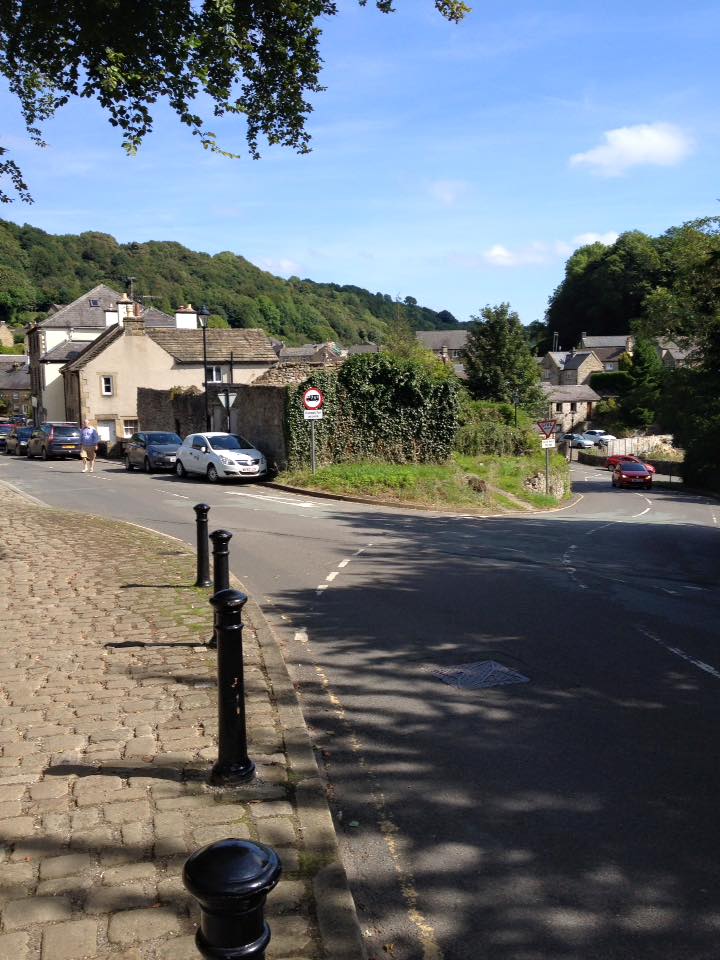
The BBC storyline reads, “Did this sleepy village stop the Great Plague?” Whilst the 2015 BBC story is merely a travel story about the small Derbyshire village, there is perhaps more to Eyam (pronounced “Eem”) that we might learn and apply to our modern-day Coronavirus situation. Especially for Christian persons, there are some important people and important lessons to learn from this tiny little village and its path through plague and hardship so many years ago.
By now, most of us have seen the match imagery of stepping out or removing one’s self from the path of a virus or disease. And, while, different countries and governments are responding differently to the spread of COVID-19, many are looking to the past for a path forward through uncertain and unknown times. There are lessons being revisited from the more recent epidemics of SARS, MERS, and Ebola. But let us go back some nearly 400 years ago, and learn from Eyam.

The Outbreak
I am no historian and it’s probably easier to go read the Wikipedia article on Eyam or visit the Eyam Museum itself. Suffice it to say, that this English village had an outbreak in 1665 when flea-infested cloth from London was delivered to the tailor of the village. A small village at the time, Eyam’s population of a little more than 350 people was decimated over the course of the two years of enduring the disease, some 267 people died. If you visit the village church, you can see the book where their names are recorded.
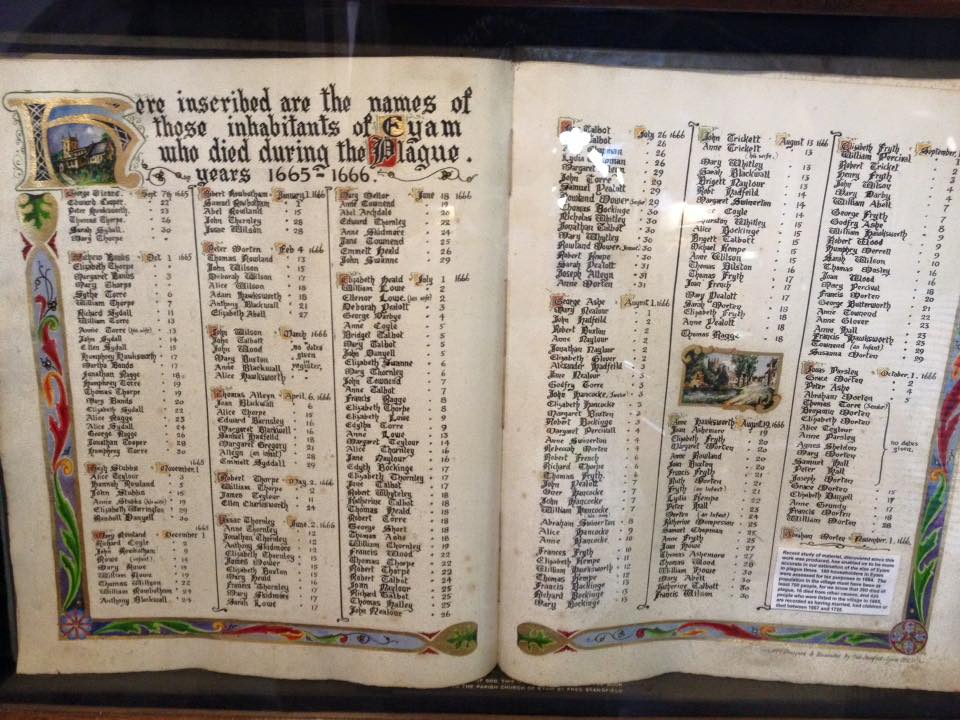
The People
Most credit the decisive action of the town’s Church of England priest, William Mompesson, as playing a huge role in the village’s response to the Great Plague epidemic. Before social distancing was a popular catch-phrase, Mompesson and other town leaders decided to enforce a quarantine — no one in or out of Eyam. Mompesson and his wife, Catherine, sent their children (healthy at the time) to go live in Sheffield for the time being. William had actually wanted his wife to go, but she was committed to remaining at William’s side to help serve her fellow neighbors during the epidemic.
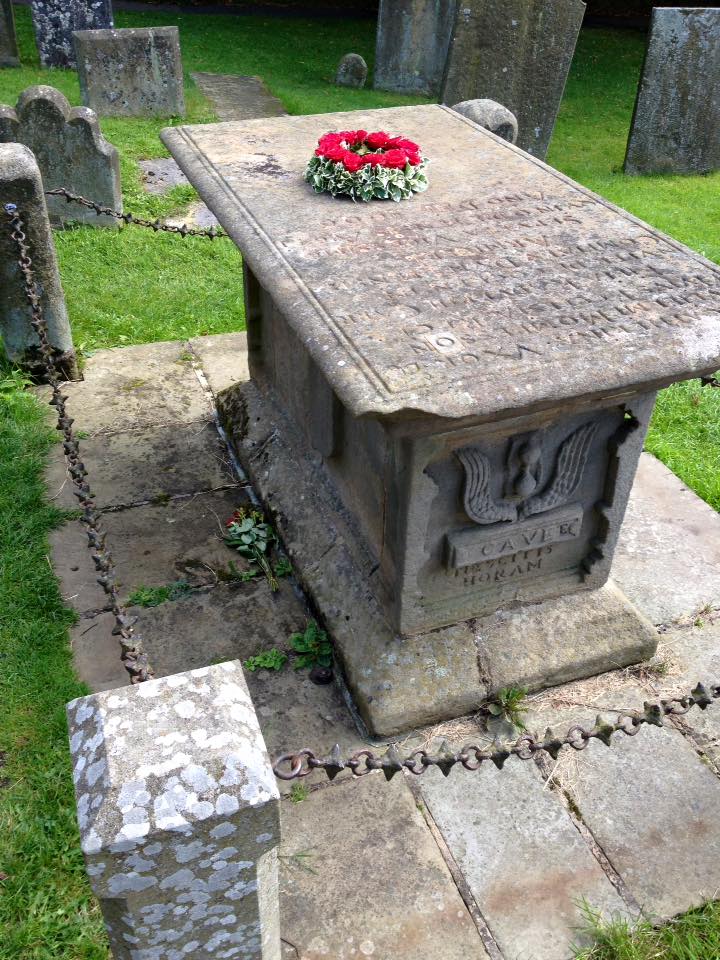
History also records another name famous in Eyam — Elizabeth Hancock. She buried her husband and six children, over the course of a week, during the outbreak. The town leaders had established some ways to try and limit the spread of the plague including families burying their own dead and using a different gravesite, instead of the church graveyard.
Steps Taken
I’ve already mentioned some of the steps taken, but additionally, the village of Eyam setup boundary stones — as a way of warning and keeping people within a particular boundary and keeping outsiders from encountering the plague from the village, itself. Here, people from the outside would deliver different food and supplies and resources for the village without having to come in contact with the village. There were appointed times and deliveries.
Mompesson is also said to have filled a well with vinegar. This was primarily used for any trading that the townspeople needed to do. They would dip coins into the well to pay for the supplies, the thought was that the vinegar would kill off the disease and prevent the spread.
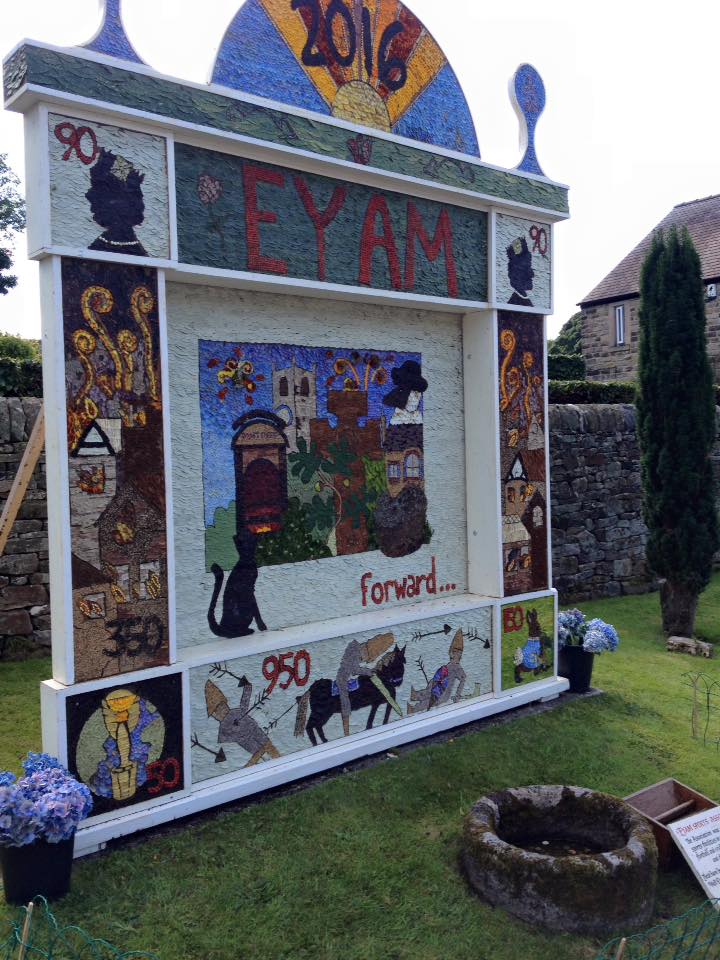
I realize that history will probably forever debate whether the steps taken by William Mompesson and others did any good, but for a people who did not have the technological advancements and resources of our day, you can see that they did what they thought was best to try and limit the spread of the disease.
The Lessons
So, what does this got to do with us anyway? I try to often connect what I write about to those persons of faith and also a connection for football and family. So let me share just a few lessons that I believe we see and learn from Eyam.
A Lesson of Love
Perhaps the greatest lesson that stands out to me is how several of the people of Eyam live out the texts of John 13:34-35, John 15:12-13 and I John 4:7-21. William and Catherine Mompesson choose to stay and serve their neighbors. Another minister, Thomas Stanley, was part of the efforts to lead and to serve. Even the “unofficial village gravedigger,” Marshall Howe — continued his service throughout the epidemic. In all that they did, recorded and unrecorded, seen and unseen, we can see and know that they did so out of love.
Jesus gives the “new command” in John 13:34-35, also known as the love command. That command, to love one another, cannot be simply made through mental assent. That command goes beyond “social distancing” and other personal safety precautions. The command to love one another is about sacrifice and it is modeled by Jesus who made the ultimate sacrifice for each of us. And that love (that Jesus gave for us) rightly understood, motivates us to love others — not just in greeting card fashion, but in real, tangible ways.
Greater love has no one than this: to lay down one’s life for one’s friends.
John 15:13, NIV
The lesson of love is a lesson for us today during the COVID-19 pandemic. Will history record this as a Great Plague? We do not know. That is not the point. But the response of Christian people during this time needs to be one of love. Love in practical ways. Love that serves fellow neighbor. A love that stays in the midst of the troubling times. A love that doesn’t exhibit fear or panic, but demonstrates the all-encompassing, peace of God.
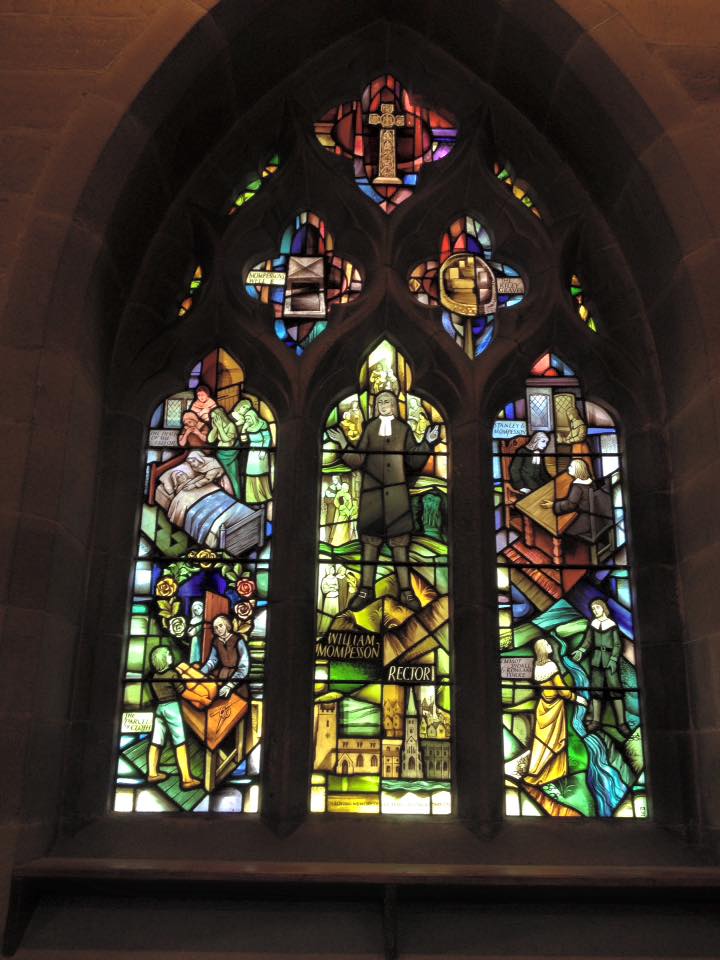
Do I need to write out practical ways that this ought to happen? The loving thing to do may be keeping one’s self at distance, or respecting orders put into place (even if we might question effectiveness, etc.). Or, the loving thing may be leaning into a particular need, point of service or request for help. The loving thing may be paying wages to the one who is employed and under your care. Each one of us will need to listen carefully to God in the ways that we are to love during this time.
A Lesson of Hope
Within the history of Eyam during The Great Plague, there are lessons of hope that we can take away. We can see it within the lives of the village people and the actions of the leaders. The Mompesson’s sent their children away — they wanted their children to have a greater chance to remain healthy and to live life. They had hope that the plague would eventually pass and diminish. They had hope that life might carry on and the children could return. They didn’t know that they would never be able to say goodbye to their mother.
Elizabeth Hancock eventually left Eyam and went to live with a still-living son in neighboring Sheffield. The grief she carried with her was undoubtedly immense and many accounts said that she “fled Eyam,” but I think it important to see that she went to be with her son. She didn’t give up on life. She didn’t give up some sort of hope that life could still be had in the face of so much loss.
There are other stories — some less known — that exist as one simply walks down the streets of Eyam. Plaques outside of homes and tablets and memorials inside Saint Lawrence, tell the stories of others.
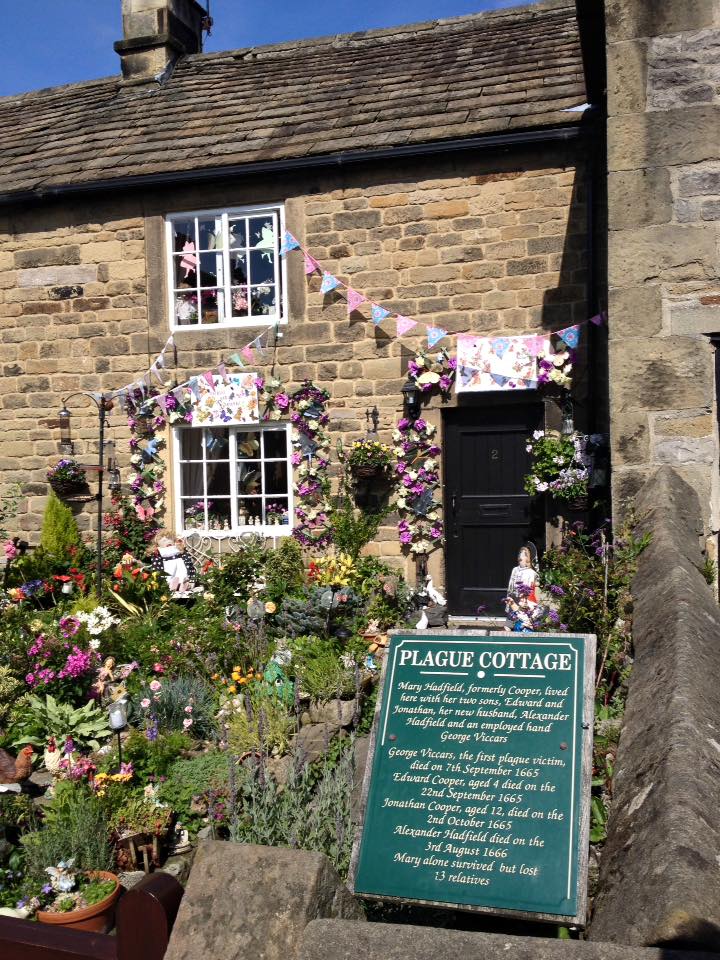
But there are two forms of hope that we see in Eyam — a hope for tomorrow and a hope for the future (eternal). Christian people must live and be people of the here and now and people of the time which is to come. We are travelers on this earth — but our hope and treasure (and eyesight) must be lifted higher to that time which is to come. To the eternal and to being with Jesus in heaven.
The boundary stones that Mompesson and others used to set the village apart were not going to be an impenetrable boundary for the rest of time. But they knew and believed that they needed to isolate and separate themselves until a later time. Even within the time of quarantine, the life and activity of the village didn’t necessarily cease — trade still happened, fields were still plowed, ore was mined, cotton and silk weaving was still happening.
Even love and relationship continued. Perhaps one of the tragic love stories of this time was between Emmott Sydall and Rowland Torre. Betrothed to one another, they continued to meet throughout the plague epidemic, but kept distance from one another — Emmott’s family having contracted the plague and not wanting Rowland to catch it as well. Their story is depicted in the stained glass image above (lower right corner) and has been revisited and told in various different media and forms.They continued to meet, continued to love because they held hope that the plague outbreak would pass and they could be together, again.
A Lesson of Faith
Also within the story of Eyam is a lesson of faith. During this time, it is said that the village turned to William Mompesson for guidance and leadership in response to the plague epidemic. I don’t know that many people in the world today are looking to the church — and this may be more culturally and time-nuanced, but Mompesson and Thomas Stanley took up the reigns of leadership. They demonstrated a faith in God and they exemplified this to the people of Eyam.
One such step of faith, was continuing to hold worship services throughout the epidemic. While the decision was made to hold services in the open-air as a precaution against putting the ill in too close proximity to those who were healthy, the decision highlights a simple truth: in times of physical sickness and disease, there is still a need for spiritual nourishment and refreshment.
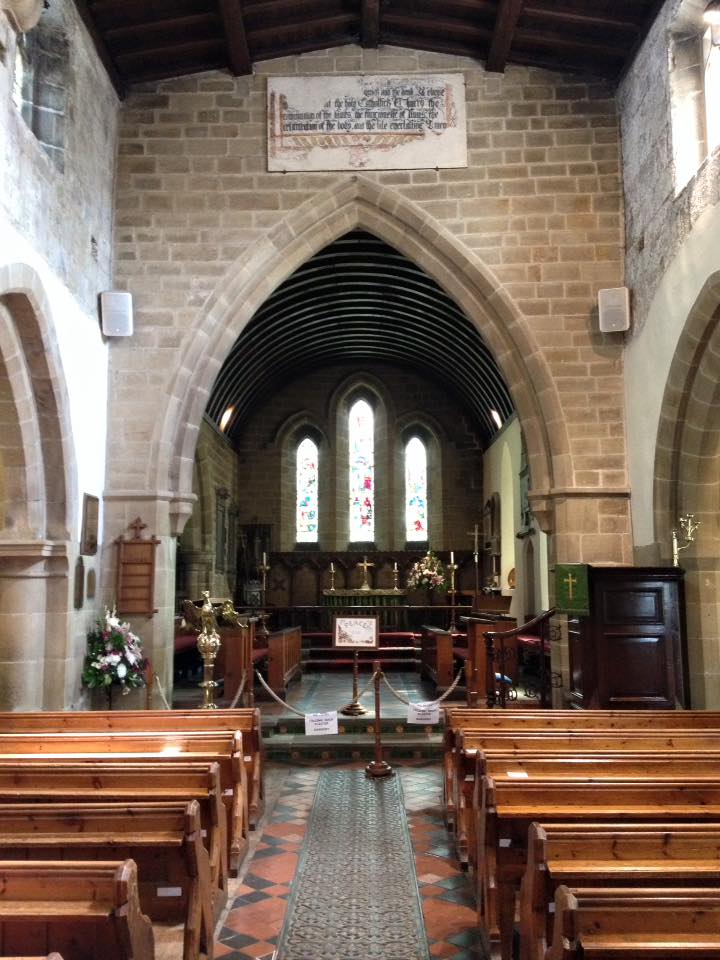
Mompesson and Stanley would have both likely been impressed with the words from Hebrews 10:23-25, which says,
Let us hold unswervingly to the hope we profess, for he who promised is faithful. And let us consider how we may spur one another on toward love and good deeds, not giving up meeting together, as some are in the habit of doing, but encouraging one another—and all the more as you see the Day approaching.
Hebrews 10:23-25, NIV
This passage — mixed with words of hope and faith, serve as a reminder that even in the threat of disease or other times of difficulty and discouragement (for the recipients of the letter of Hebrews it would have been Roman persecution) that the people of God, the followers of Jesus need to keep gathering and getting together. They need to remind each other of the hope that they have that is beyond this world and all that it holds — this is an essential part of Christian faith.
Perhaps you, like me, have walked or driven by some large church building in the past couple of weeks. The building(s) sit empty for the most part — but this is not The Church! The Church is comprised of the visible and invisible — those true believers, in all the world, for all time. Part of the visible Church today is God’s people gathered, assembled for worship and mutual fellowship, encouragement, service, and spiritual growth . The Church is made up of people, not bricks and building materials (no matter how ornate or common).
In Closing
Friends — faith, hope, and love. The most important lesson from Eyam, the love shown and the love that we ought to show. If you are a follower of Jesus, if you are a person with faith in him, then the outflowing from that faith and hope and the love the we have received makes all the difference in the world and to the world. The result will be a bright shining in a dark world, a worthy example. It will be the way that the world, in the words of the hymn, “know we are Christians…by our love, by our love.”
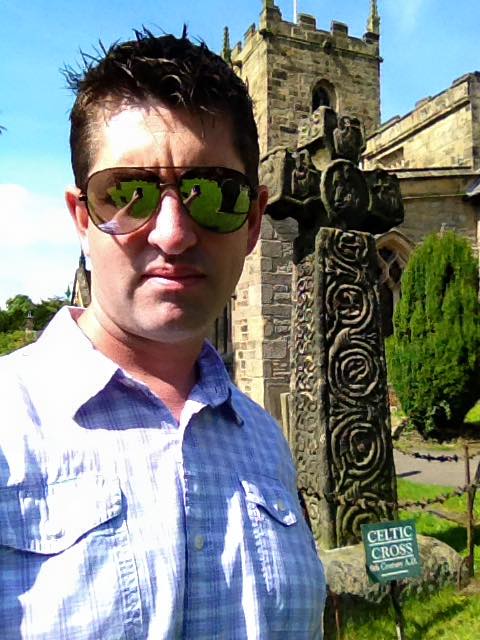

-150x150-8115.png)

